| No. | Hospital stays for 1 night | Costs |
|---|---|---|
| 1 | Double room | 100$ |
| 2 | One Bedroom | 125$ |
| 3 | CCU | 160$ |
| 4 | ICU | 250$ |
| 5 | Companion | 15$ |
300.00$
300.00$
Embark on a transformative journey with our exceptional range of medical treatments. As a leading medical tour operator, we offer a comprehensive selection of world-class treatments and procedures to address your unique healthcare needs. From advanced surgeries to cutting-edge therapies, our team of experienced professionals is dedicated to providing top-notch care and ensuring your comfort and satisfaction. Discover a new level of healthcare excellence with our tailored treatment options. Book now to start your journey towards a healthier and happier you.
Angiography, also known as arteriography, is a medical imaging technique used to visualize the inside of blood vessels and organs, particularly arteries, veins, and heart chambers. It involves injecting a contrast dye into the bloodstream and taking X-ray images to detect blockages, abnormalities, or other issues in the blood vessels.
Angiography is a well-established diagnostic procedure commonly used in cardiology, neurology, and vascular medicine. It helps in diagnosing conditions like coronary artery disease, peripheral artery disease, aneurysms, and blood clots.
Angiography is suitable for individuals with symptoms or conditions such as:
Angiography may not be suitable for individuals with:
While generally safe, angiography can have some risks, including:
| Country | |
|---|---|
| City | |
| Hotel | |
| Visa | |
| Translator | |
| Transfer | |
| Stay at Hospital | |
| Language | |
| Insurance | |
| Stay at Hotel | |
| City Tour |
Only logged in customers who have purchased this product may leave a review.
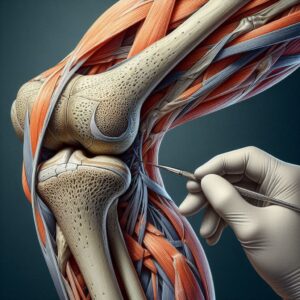
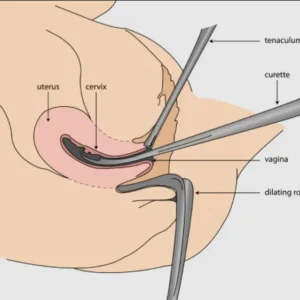
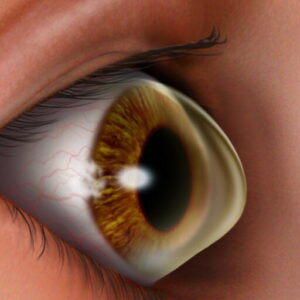
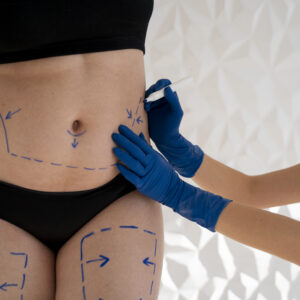

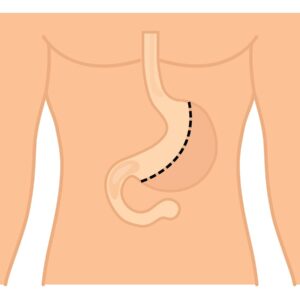
Reviews
There are no reviews yet.